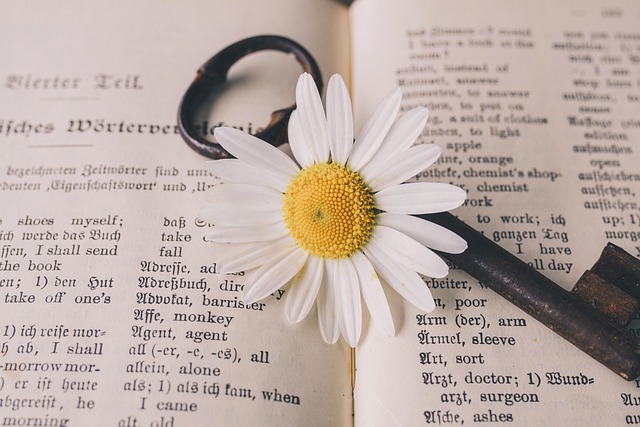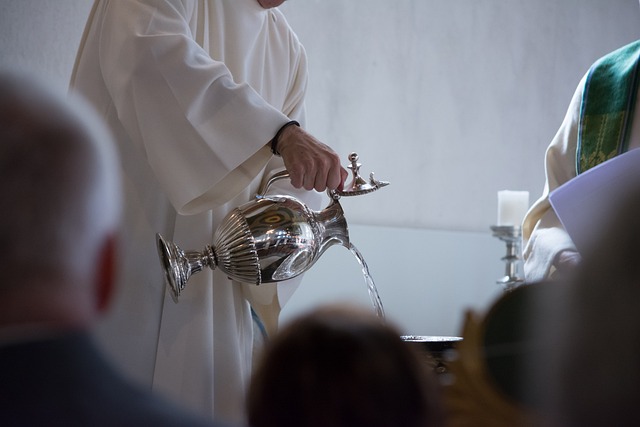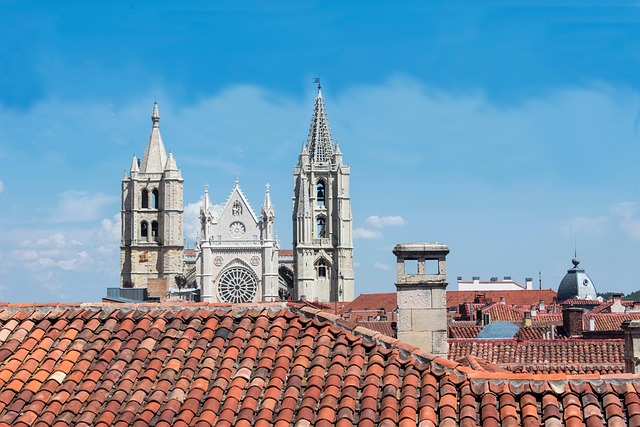Hungary’s cultural landscape is woven with threads of tradition, folklore, and a deep sense of continuity that stretches back centuries. Central to this tapestry is the Hungarian concept of igédés, which translates to “faith” in English. For many Hungarians, faith is not solely a theological stance but an embodiment of rituals that reinforce community, identity, and a shared sense of purpose. This article explores how igédés manifests through religious and folk rituals, tracing its evolution from pre‑Christian times to the present day.
From Pagan Roots to Christian Codification
The earliest Hungarian tribes, arriving on the Carpathian Basin in the late 9th century, carried with them a rich mythological worldview. Their cosmology, centered on the sky god Tengri and the protective spirits of nature, informed daily practices such as seasonal festivals and ancestor veneration. The 10th‑century Christianization under King Stephen I introduced structured liturgy and church calendars, yet many indigenous motifs were quietly absorbed, giving rise to a syncretic ritual culture that still characterizes Hungarian religiosity. The coexistence of old and new practices during this transition period is a recurring theme in Hungarian cultural studies, illustrating how faith can adapt without losing its core identity.
Pre‑Christian Folk Beliefs
Even after Christianity took hold, the older belief system lingered in subtle forms. Several folk rituals continue to echo ancient customs, especially those tied to natural cycles and communal well‑being. Below are key elements that persist in modern Hungary:
- Harvest celebrations such as Aranykor (Golden Age), which honor the bounty of the land.
- The practice of “kúria” – a ritual cleansing with herbal water performed before weddings or new ventures.
- Stone‑circling ceremonies on hilltops, believed to invoke protective spirits.
- Use of symbolic objects (e.g., the körfő—a small carved stone) to ward off misfortune.
Christianization and Its Lasting Influence
With the establishment of the Kingdom of Hungary, Christian liturgy became the central framework for communal life. Yet the integration of local customs allowed the new faith to take root without displacing familiar practices. The following elements illustrate this blending:
- Feast days such as Saint Stephen Day (St. Stephen’s Day, 20 August) serve both religious and nationalistic purposes.
- The Holy Week observances—particularly the Palm Sunday procession—retain symbolic gestures reminiscent of ancient rites of purification.
- Rituals of blessing the house during Christmas and Easter echo ancestral traditions of inviting good fortune.
“The integration of old customs into the Christian calendar has made faith in Hungary a living tradition, not a static doctrine.” – Dr. László Szabó, Ethno‑theologian
Contemporary Religious Practices
Today Hungary hosts a mosaic of Christian denominations, each contributing its own set of rituals:
- Catholicism – The largest denomination, where Mass remains the cornerstone of communal worship, supplemented by local devotions such as the Annunciation processions.
- Protestantism – Baptists, Calvinists, and Lutherans emphasize congregational singing and the proclamation of scripture, often accompanied by folk hymns.
- Orthodox Christianity – Especially among the Greek‑Catholic and Serbian communities, where liturgy incorporates Slavonic chants and distinctive icons.
- Evangelical movements – A growing segment that combines charismatic worship with social outreach, reflecting a modern form of igédés.
These varied expressions of faith illustrate how religious practice in Hungary remains a dynamic and evolving field, balancing tradition with contemporary concerns.
Persistent Folk Rituals
Beyond institutional religion, several folk rituals endure, particularly during major holidays and life milestones:
- New Year’s Eve (Szilveszter) – Families gather around a table of 12 grapes at midnight, each grape symbolizing a month of the upcoming year.
- St. John’s Eve (Nagymárcius) – Bonfires and dancing around the fire are believed to cleanse the soul and invite prosperity.
- Weddings – The bride traditionally carries a bundle of herbs known as halomfa, which is believed to protect against envy and bad luck.
- Name Day celebrations – A custom where each person has a name day in the church calendar; these are celebrated with cake, gifts, and communal feasts.
The Role of Faith in Social Cohesion
Rituals anchored in igédés perform a vital social function: they create spaces where collective memory is rehearsed and transmitted. Whether a church service or a folk dance, these acts foster solidarity and reinforce shared values. Scholars note that such rituals help maintain a sense of belonging, especially in a country that has experienced significant political upheaval and demographic shifts throughout the 20th and 21st centuries. The resilience of these practices demonstrates how faith can act as a cultural glue during times of change.
Secularization and the Future of Ritual
Like many European societies, Hungary has seen a rise in secular attitudes. Yet paradoxically, a number of secular festivals have adopted ritualistic elements reminiscent of traditional faith practices—such as the ceremonial lighting of lanterns at the Budapest International Film Festival. This suggests that the human inclination toward ritual, whether rooted in igédés or secular context, persists. The challenge for contemporary Hungary is to balance modernization with the preservation of cultural rituals that give meaning to communal life, ensuring that new generations can still participate in these time‑honored practices.
Conclusion
The Hungarian word igédés carries a weight that extends far beyond a theological dictionary entry. It embodies a lived reality in which rituals—both sacred and folk—intertwine to form a resilient cultural fabric. From ancient sky‑god ceremonies to contemporary church services and household blessings, faith continues to shape how Hungarians perceive the world, celebrate milestones, and support each other. In a rapidly changing global landscape, these rituals offer a sense of stability, continuity, and identity that is uniquely Hungarian.



